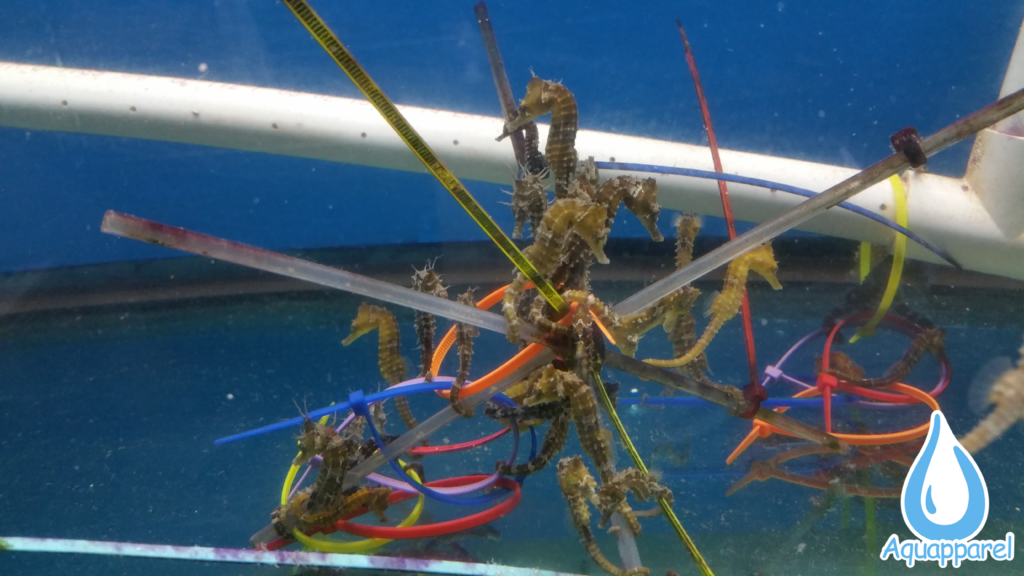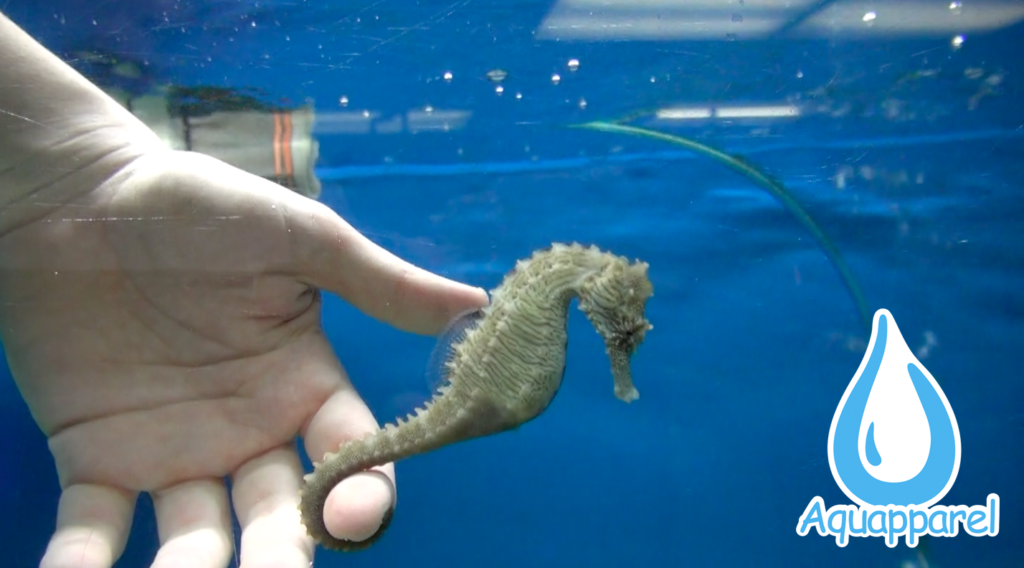Out of the approximately 50 species of seahorses that are found worldwide, at least 17 of them are found in Australia.
Unfortunately Seahorses are considered to be threatened to various degrees all over the world. This is due mainly from over-harvesting for traditional Chinese medicines, accidental bycatch from trawl nets from commercial fishing practices and the loss of natural habitats such as seagrasses and mangroves.
While lots of work is being done currently in order to restore the seagrasses and mangrove habitats, in order to give this species a place to recover while we fix their natural habitats, scientists have created artificial habitats which are being dubbed as “5 Star Seahorse Hotels”.
Oddly enough, they are being built out of re-purposed discarded or lost commercial fish traps. After these traps are left to sit in the ocean for long periods of time, sponges and corals claim them as their own and use them as the building base of new, artificial reefs.
It has been reported that even days after these traps are left behind, marine life starts to claim them as their own. Over time fish and invertebrates will start to populate the area on and around these artificial reefs. When seahorses were discovered to be thriving in these environments, this gave the scientists at the University of Sydney an idea.
Based on the surveys taken from the artificial reefs, scientists know that the white’s seahorse in particular will inhabit artificial reefs if they are available. This species is currently endangered in Australia. They also noticed that this species was taking up residence in swimming nets around Sydney.
The first deployment of these 5 star seahorse hotels contained 18 hotels. Scientists found that within 2 months of deployment, the seahorses started to make them their new home. In 2018 over a 12 month period. 64 individual seahorses made these hotels their home.
In order to keep track of them and make sure that their numbers were accurate, they tagged the Seahorses with small fluorescent tags that are inserted just beneath the skin of the Seahorse. In October breeding season began and they notated that 13 males who were residents of the hotels were pregnant.
When I was involved with some aquaculture projects back in 2015, we bred thousands of these Seahorses in order to provide a supply to the aquarium industry to allow the wild populations to recover. About every 2 weeks these Seahorses would have hundreds of babies. We observed that once the breeding pairs became comfortable in their homes, they absolutely thrived and produced close to 1,000 babies every month per pair.

With the Seahorses showing signs of reproducing in the wild at these Seahorse hotels, there is a really good chance for their numbers to increase back to a thriving state as they once were.

With the success that Australia is having, countries all over the world are now interested in deploying these hotels in order to help repopulate seahorses all over the world. Current countries who are following Australia’s lead are: The United States, Gibraltar, Greece, Philippines and Indonesia. Thanks to the University of Sydney and their hard work, we are starting to see the wild populations of the Seahorse recover.
